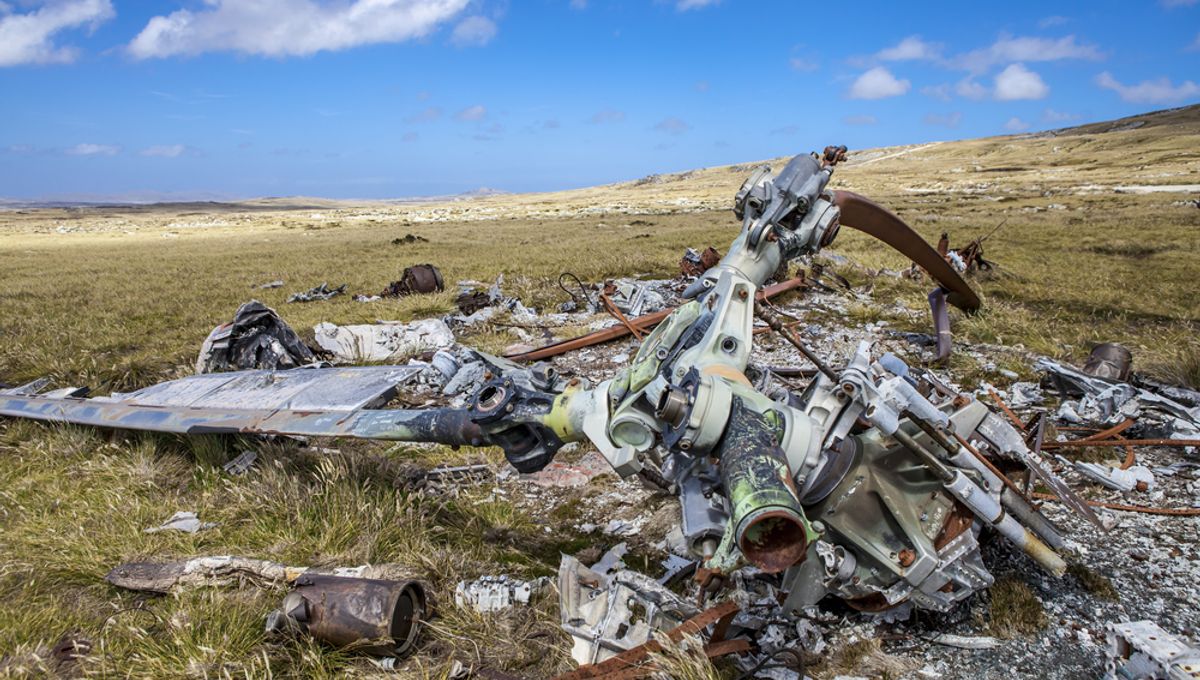
Planes come in all shapes, sizes, and roles, from fighter jets to single-engine propeller planes, but every single one of them has one thing in common – a black box. A flight data recorder, known as a black box, must be installed in every aircraft nowadays and looks rather unassuming, but it is the most important tool in understanding past events, monitoring flights, and improving aircraft for the future.
What is a black box?
An aircraft black box, also known as a flight data recorder (FDR) and cockpit voice recorder (CVR), is a critical device used in aviation to record crucial data and audio during flights. Despite its name, it is not actually black, but is painted bright orange to aid in its recovery after an accident. This device plays a pivotal role in investigating air incidents, providing insights into what transpired during the flight leading up to the event.
The black box consists of two separate components – the FDR and the CVR. The FDR primarily records a wealth of flight parameters, including altitude, airspeed, heading, vertical acceleration, control inputs, engine performance, and numerous other aircraft systems data. This information is captured through various sensors and instruments placed throughout the aircraft, which then feeds into the data stored within the secure black box. It also stores data from the humans inside, with the CVR recording all sounds and conversations in the cockpit, including pilot and crew communications, radio transmissions, alarms, and other relevant audio.
Black boxes store flight data from the last 25 hours before a crash, and the last two hours of audio from within the cockpit.
Everything about a black box is designed so that if the worst happens, the one thing that survives will be this little orange box. It is stored in the tail, giving it the best chance of survival.
The box itself is covered in a heat-resistant coating and built out of stainless steel or titanium to survive extreme heat, pressures, and impacts of a crash. The data recorded by the black box is stored in solid-state memory, designed to withstand extreme conditions such as fire and water submersion. This robustness is crucial, as it allows the device to survive catastrophic accidents and aids in the subsequent investigation.
Why do we use a black box?
When a plane impacts the sea, the black box begins releasing signals and can do so for up to 90 days, allowing officials to locate it and understand what happened.
In case of an incident, investigators analyze the black box data to reconstruct the sequence of events leading up to the event, determine the cause or contributing factors, and propose safety recommendations to prevent similar occurrences in the future.
The data gained from black boxes play a crucial role in improving aircraft safety. They can also help locate crash sites or lost wreckages, including the possibility of survivors, or they can help understand whether a crash was human error or mechanical.
With that said, not all crashes provide usable black box data. While they are extremely tough, they aren’t indestructible, and many impacts result in their destruction – no black boxes were found from either plane that impacted the Twin Towers, for example. Even if they are recovered, the data inside may be unreadable or impossible to decipher, making them useless in some scenarios.
However, black boxes have likely saved countless lives since they were made mandatory in 1958, made evident by the fact they have barely changed for almost 70 years. The data is very rarely released to the public, so you probably won’t be able to get your hands on much if you are interested, but that is likely for the best.
Source Link: What Is A Black Box? The Only Way We Can Understand Plane Crashes